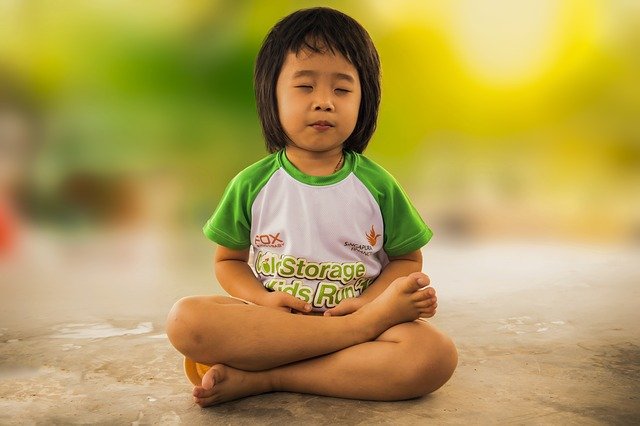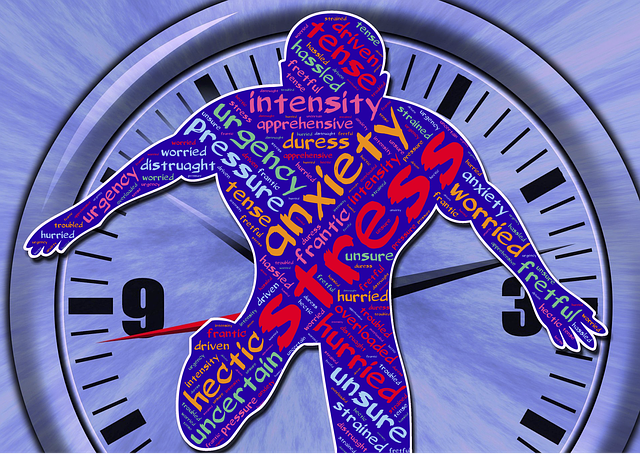Allyson Pimentel provides a meditation podcast on the topic, The Beauty of the Present Moment. People from around the world participated in the live, online event which was conducted and recorded via Zoom. During the podcast, Allyson stated that mindfulness involves “paying attention with intention” to the present moment in a way that involves openness, curiosity and acceptance of what is, whether pleasure or pain, happiness or sadness, understanding or confusion. She suggested that as we develop the capacity to attend to each moment with heightened awareness, we can develop a deeper appreciation of beauty, compassion (towards ourselves and others) and a “love for the moment”. If we are always consumed by thoughts of the past or the future, we will miss the richness and power of now. As Alan Watts comments, “Life exists at this moment”.
Awareness of beauty
Allyson introduces a brief process to raise our awareness of the beauty that surrounds us in the present moment. She asks that we pay attention to something we consider beautiful, however momentarily. If we are inside a dwelling, we could look at a pleasing painting, observe the clear sky through our window, listen to the early morning songs of birds or touch something that is smooth or rough as we appreciate its texture.
If we are outside, we could listen to the wind rustling in the trees, smell the aroma from freshly opening flowers, feel the softness of the grass beneath our feet or admire the shape and stature of the trees in the mist. Beauty as they say is in the “eye [and other senses] of the beholder”.
Allyson reminds us that beauty is around us all the time and by tapping into the present moment, we can learn to be aware of beauty and to increase our capacity to cope with life challenges, whether they be illness, grief, loss, confusion, or the slow decline of a parent through Alzheimer’s Disease who is becoming disconnected from the present..
A present moment meditation using body scan
One way into appreciating the present moment in all its import is to undertake a body scan meditation. Allyson provides a guided meditation in her podcast as a way to do this. She begins by having us take a deep breath and exhale deeply to clear any bodily tensions and to bring us more fully into the present moment.
She then provides a progressive body scan beginning with your feet and moving through all parts of your body, noting any points of tension. As we become grounded in bodily sensations, we become more attuned to our thoughts and feelings as they arise spontaneously. Allyson encourages us to accept whatever is our human condition at this point in time and to show ourselves compassion. From this base of self-compassion, we can extend empathy to others and offer them loving-kindness. Attunement to, and acceptance of, our current reality strengthens our connection to the world and to others.
Allyson Pimentel holds up Tina Turner as a model of present moment awareness, acceptance of her condition and the capacity to take compassionate action towards others. In her documentary, for example, Tina reveals that in a period of five years she experienced cancer, a stroke and kidney failure. Despite having daily dialysis for four hours, she was not depressed but appreciative of the fact that she had more time to live. Tina encapsulated her philosophy on life in her book, Happiness Becomes You: A Guide to Changing Your Life for Good.
In Allyson’s view, Tina epitomises what Rumi describes as The Guest House – “being human is a guest house” for pain, meanness, joy, happiness, sorrow, and every other manifestation of the human condition. Rumi encourages us to appreciate whatever comes our way because each experience is a “guide”.
Reflection
The challenge of the present moment is also its power. If we can truly be with what is and accept what we cannot change, we can develop an appreciation of being alive, strength and resilience to meet life’s challenges and a deep-seated sense of ease and equanimity. As we grow in mindfulness though meditation and awareness of the present moment, we can tap into the power of now and the richness of a life fully lived.
_________________________________
Image by Luca Finardi from Pixabay
By Ron Passfield – Copyright (Creative Commons license, Attribution–Non Commercial–No Derivatives)
Disclosure: If you purchase a product through this site, I may earn a commission which will help to pay for the site, the associated Meetup group and the resources to support the blog.









